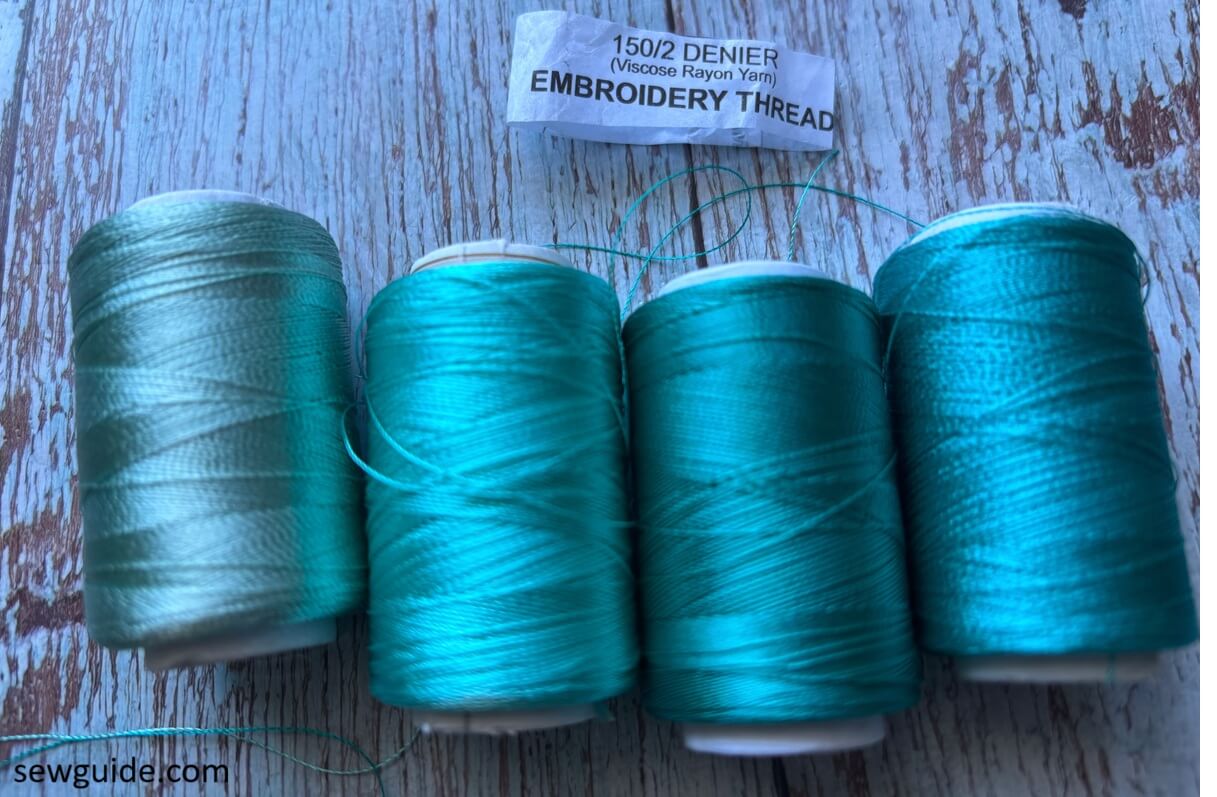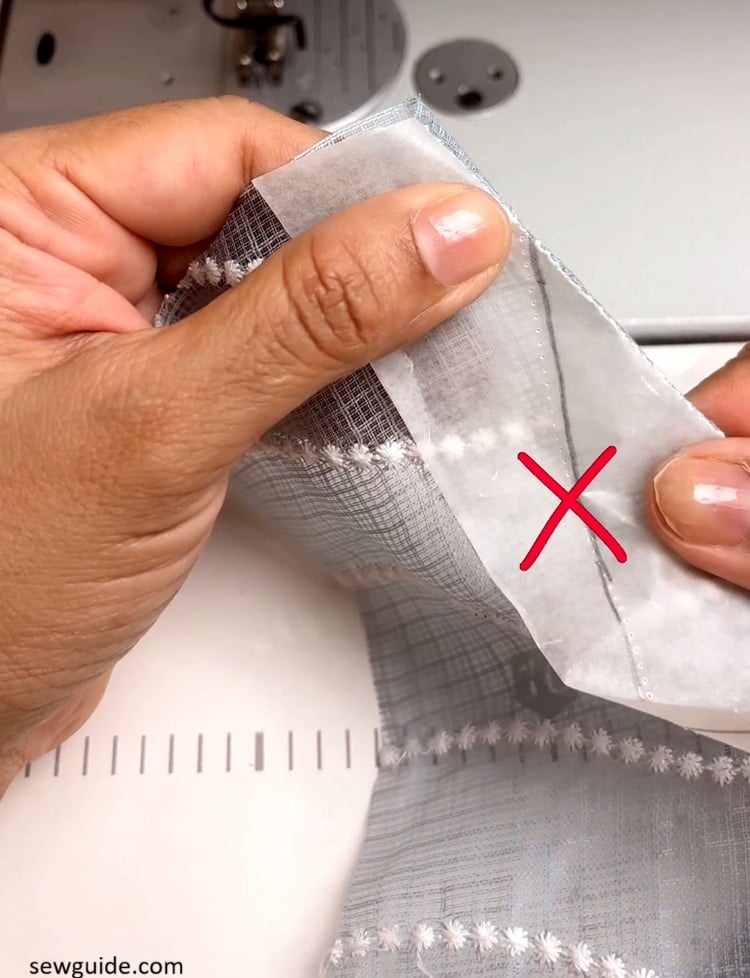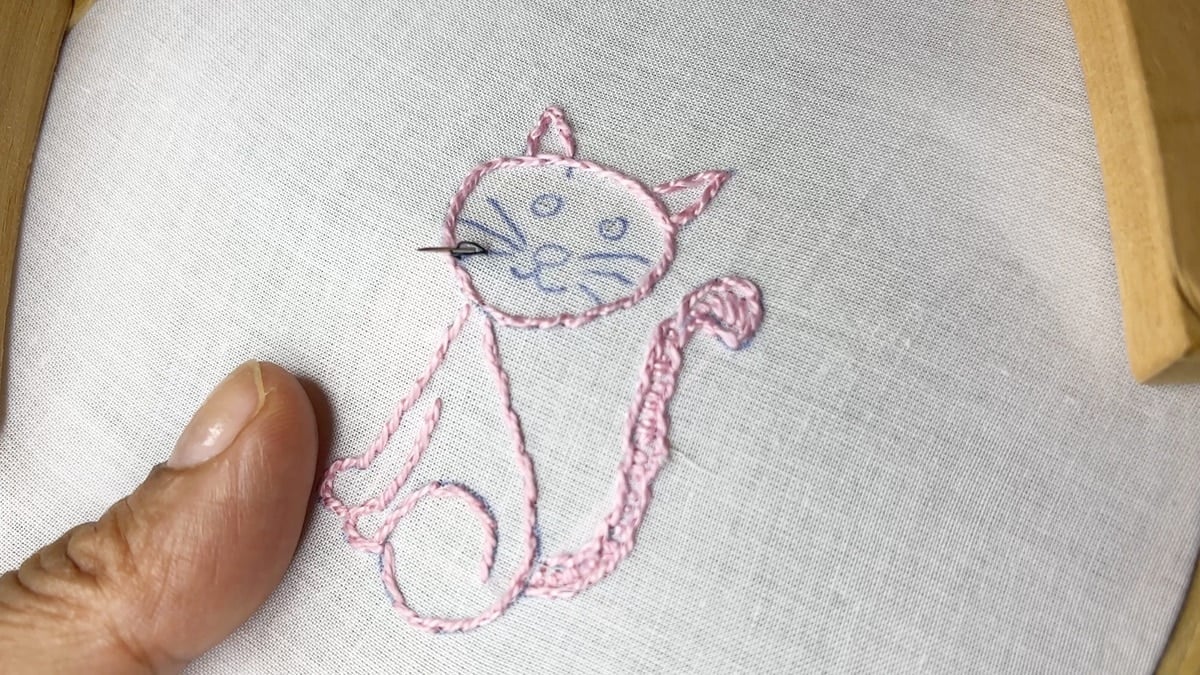Most important sewing tips for French terry : Prewash cotton varieties to prevent shrinkage-Use serger for edges – Use zig-zag stitch on sewing machine -Use jersey or ballpoint needle 12/80, it is a knit
You may or may not have heard of French terry fabric, but I bet you have seen a hoodie or loungewear in the material. Even own one or two or practically live in them like I do. You can buy and sew clothes just as comfortable, quite easily, on your sewing machine.
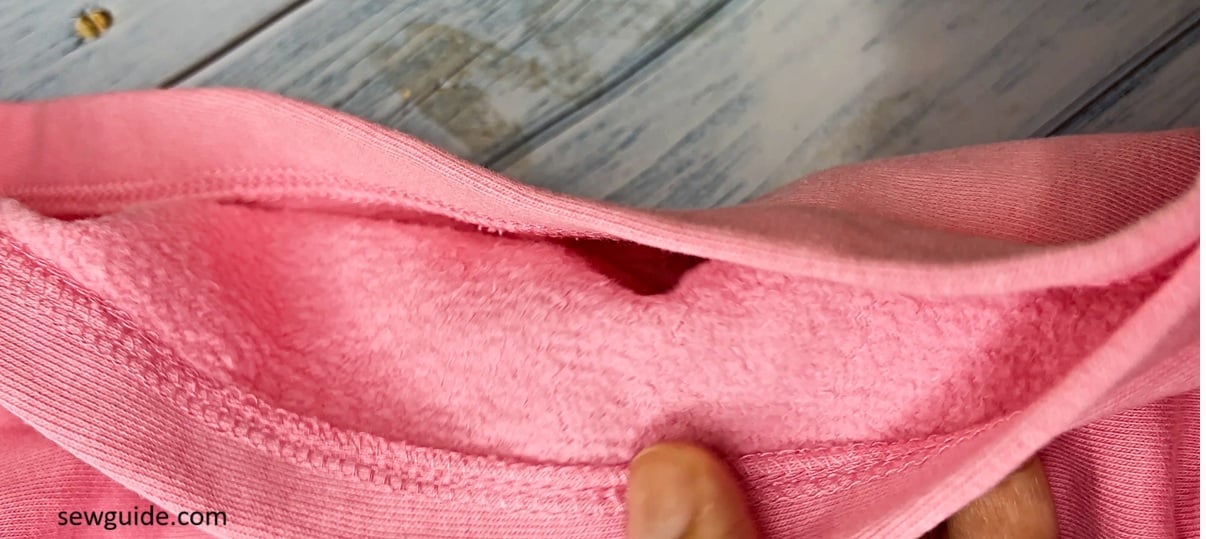
It was during the period of the COVID lockdown that French Terry emerged as a winner fabric in the fashion industry. Remote work made people look for comfortable clothes made of the coziest material to lounge in, which still looks presentable — and French Terry fit the bill perfectly.
Not that French terry was not already popular as the best fabric for athleisure and loungewear for making hoodies, joggers, and sweatshirts. But work at home culture during that period made French terry famous as the soft, breathable, cozy fabric you can wear at home but still look “put together” in for Zoom calls. Because it is very polished on the outside unlike many other similar piled fabrics.
French terry is a Knit fabric (jersey-based) – you would have read of it originally as terry cloth -knit. There are 100% cotton terry, cotton-polyester French terry blends and cotton and spandex blends.
Generally all French terry varieties have smooth surface on the outside but on the inside it is made of small soft uncut loops . The fabric is midweight, breathable, and a lot less bulkier than the regular terry cloth you make towels and bathrobes with.
Difference between this material and the regular terry cloth is that terry cloth is woven whereas French terry is knit. Another important difference is that the regular terry cloth is thicker than French terry, with piles on both sides
It is not as absorbent as regular terry cloth, so it is not used to make towels but it is perfect for making cozy, comfortable casual wear, that also looks good. French terry cloth is used to make sweatshirts, joggers, loungewear, and light hoodies, even over the popular cotton fleece, because it is not as heavy (but not so soft, especially the polyester variety).
Sewing with French Terry cloth
Though French terry is a knit fabric, heavier than tshirt jersey fabric, but less heavier than a similar weight liverpool fabric, it is completely different in its look – it looks different on both sides and they are equally goodlooking. You can use either of its faces as the right side of your garment – the smoother side, or the loopy side. Depends on your preference, design….
As a knit material, it is best sewn with a serger. A serged edge finish can finish off the cut edges and prevent shedding. When using regular sewing machines, you should use a zig zag stitch – a medium length and width zig zag stitch will give the material enough stretch not to pop when you move. A jersey or ballpoint needle of size 12/80 is used to sew with the material.
100% Cotton French terry
This material has a matte finish on the outside – so . The loops inside are fluffy and irregular. The material will wrinkle.
As a cotton material it should be prewashed before sewing to prevent shrinking.
Blends with Polyester
This french terry will have an ever so slight sheen on the outside surface; it will be tighter and have more uniform loops inside.
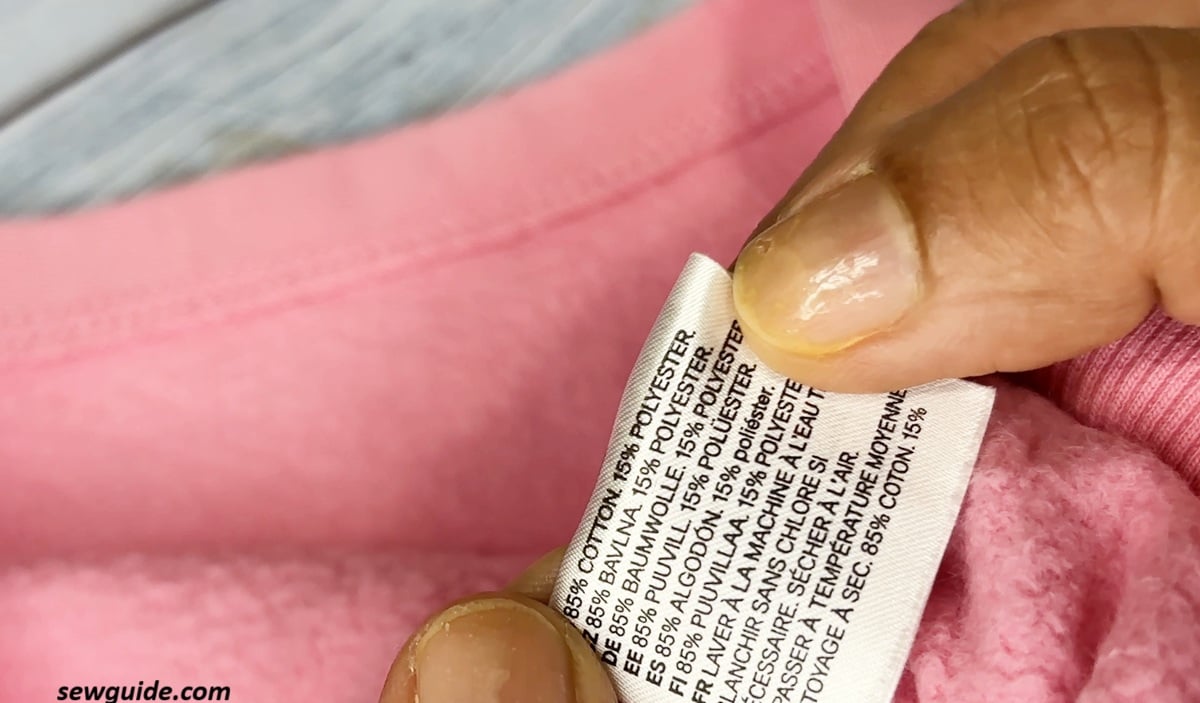
Iron this material with care as polyester is vulnerable to high heat.
Blended with spandex
This fabric is slightly more elastic and doesn’t wrinkle easily. You can use a low to medium heat iron with steam, if it does wrinkle. One tip is to use a stay tape on seams to avoid it stretching out. Wavy seams is a common complaint when sewing with this material.
Related posts: Tips for sewing with knit fabrics


